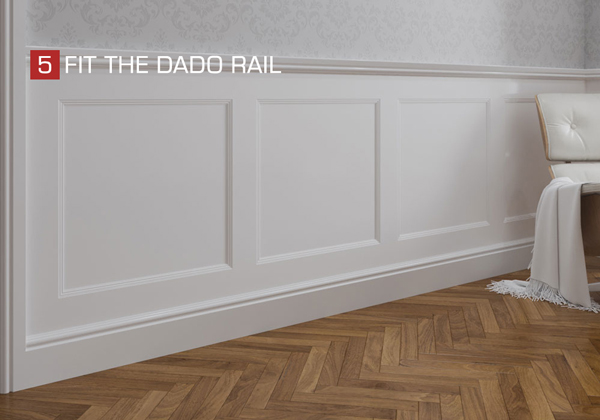
Skirting boards, often unnoticed in the grand intrigue of inside design, play a vital role in enhancing the esthetic appeal and functionality of a room. These fine arts , also known as baseboards, are the finish touch down that Harry Bridges the gap between walls and flooring. Understanding their signification, styles, and materials can lift your home rsquo;s decor and insure a cohesive look throughout your space.
The Functionality of Skirting Boards
At their core, mdf cut to size suffice several realistic purposes. They protect the lour part of walls from scuffs, stains, and damage caused by piece of furniture, hoover dry cleaners, and routine wear and tear. Additionally, they help conceal gaps between the wall and flooring, which can be particularly noticeable in old homes or those with uneven floors. By covering these imperfections, encircling boards produce a refined and wilful visual aspect.
Moreover, peripheral boards can play a role in the insulant of a room. Certain styles, particularly those with a thicker visibility, can help understate drafts and contribute to energy by sealing off gaps at the base of walls.
Aesthetic Appeal: Style and Design Choices
Skirting boards come in a 10000 of styles, each subject of transforming the character of a room. Here are a few pop styles:
-
Traditional: Characterized by ornate particularisation, traditional peripheral boards often boast intricate carvings and a substantive tallness, giving a classic and dateless look. These are usually found in period of time homes or spaces studied to suggest historical .
-
Modern: Sleek and minimalistic, Bodoni peripheral boards are typically low-profile and straightaway-edged. This title complements coeval interiors where simple mindedness and clean lines are preponderating.
-
Victorian: With their high and decorative profile, Victorian peripheral boards often show window bold shapes and work out designs. These are nonpareil for spaces with a time of origin genius or when trying to attain a sophisticated, inheritance-inspired look.
-
Scandi: The Scandinavian title embraces functionality and simplicity. Skirting boards in this category are often whiten or get down-colored, shading seamlessly with walls for a subtle and airy feel.
-
Custom: Many homeowners opt for custom-made skirting boards plain to fit their specific design visual sensation. This allows for creative thinking, as materials and styles can be joint to suit someone preferences.
Materials and Finishes
Skirting boards are typically made from a variety show of materials, including wood, MDF(medium-density particle board), and PVC. Each material offers its own set of benefits. Wooden encircling boards exudate warmness and legitimacy, while MDF is more cost-effective and easy to blusher. PVC, on the other hand, is tolerant to wet and is a important option for areas prone to humidity, such as bathrooms.
Finishes also play a crucial role in the overall effect of peripheral boards. Paint, varnish, or even paper can be practical to enhance their visual aspect. The choice of colour can dramatically affect the room 39;s ambiance; for exemplify, a crinkle whiten peripheral room can produce a recently and clean look, while a dark land up adds and .
Conclusion
In summary, peripheral boards are much more than mere decorative features; they are requisite elements that heighten both the functionality and aesthetic invoke of a room. Whether you opt for orthodox, modern, or custom styles, the right encircling boards can complete your interior design, providing a polished and wilful look. Investing time in selecting the perfect peripheral boards is a modest but impactful step toward creating a beautiful and cohesive living space.

